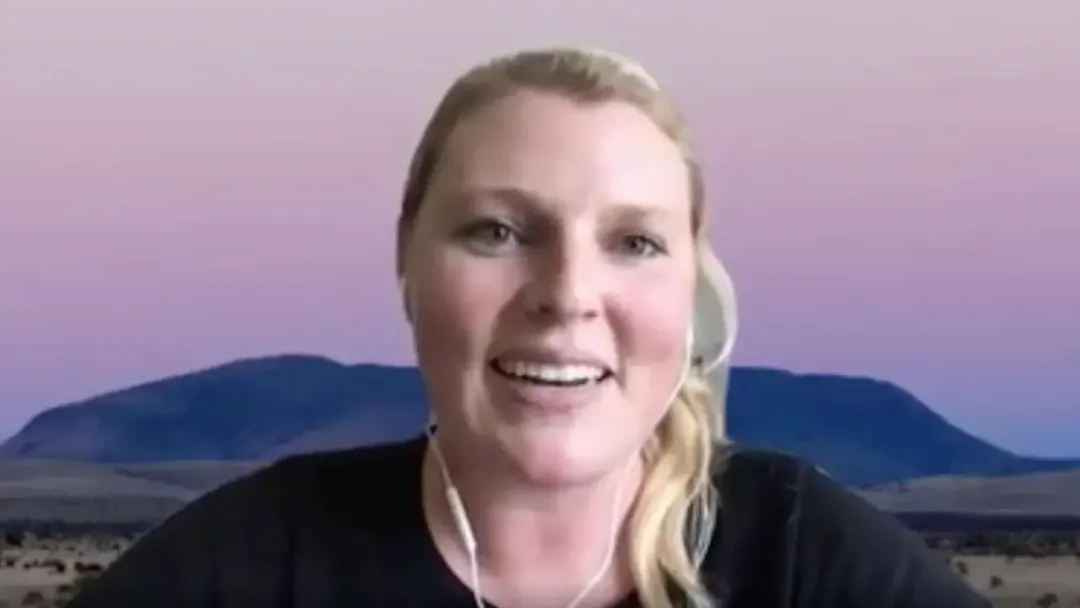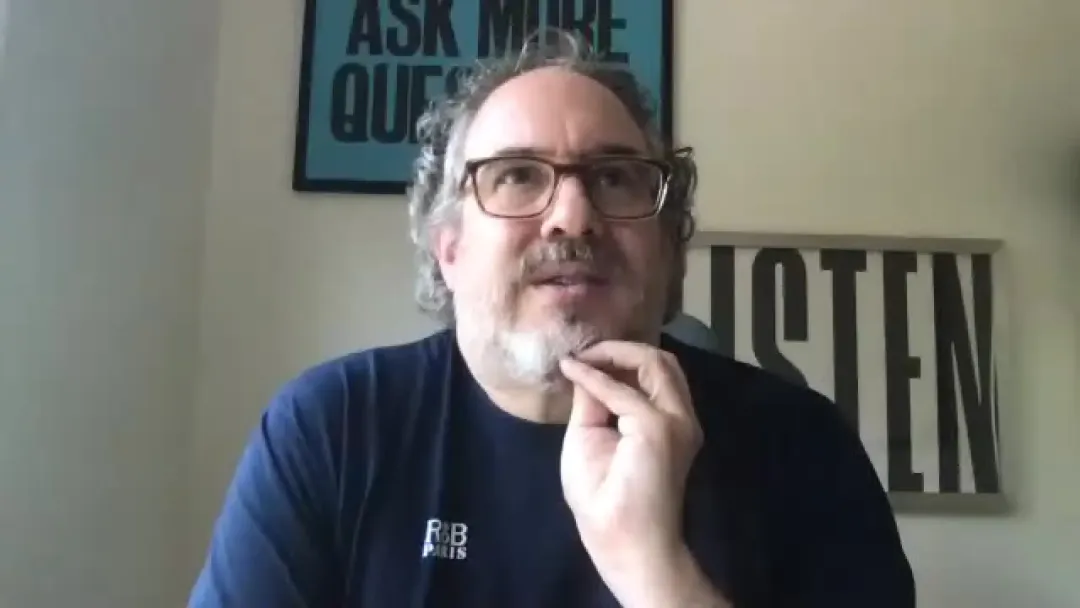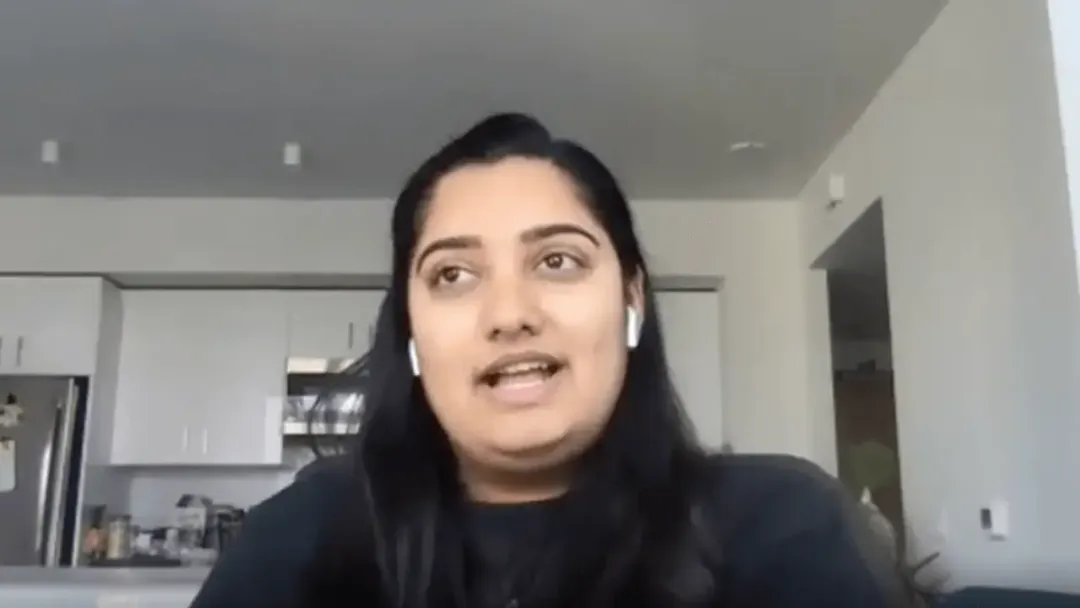The Zebra Research Team's Innovative Approach to Sharing User Insights Company-Wide
October 2020
·
5 min read

Sarah Kettles — former researcher at Airbnb and Facebook, and current Sr Director of Research at The Zebra — knows how to grow a research team from scratch.
Starting out as a tentative contract hire in an organization that didn’t even understand what researchers did, she built up a research team of nine in just two years, and then asked to spin the research team out to be its own division in the company.
It was this incredible journey that Sarah walked us through during a recent webinar, enlightening us about how to prove the value of user research and efficiently scale the function as an organization’s first dedicated researcher.
To help you get the most out of Sarah’s informative presentation and Q&A, we’ve highlighted a few of our favorite moments from the full webinar below.
Starting From Scratch:
“What does a researcher do?”
Where do you even begin when it comes to proving the value of your work as a researcher, or even explaining why you were brought on in the first place? While it may seem like a major obstacle to overcome, Sarah shared with us that it really doesn’t need to be all that daunting. She kicked off by including as many stakeholders as possible, inviting them to understand the why behind UX research by giving them a first-hand look at how you’ll be helping improve the user’s experience.
Evangelizing Research Across the Org
(With the Help of Snacks)
Sarah’s next step? Extending her reach beyond product, design, and engineers. That meant convincing leadership, of course, but also putting her findings front and center for the entire company to see. Easier said than done, but Sarah brought her case to the executive table.. er, break room.. where she creatively managed to get as many eyeballs as possible on her user interviews and research findings.
From Fulfilling Expectations to Growing and Specializing
Once Sarah solidified buy-in — driving home the point that research really does deliver incredible organizational value — it then became time to think about how to strategically build a team that could meet a growing variety of business needs. To accomplish this, she prioritized sourcing diverse talent that spanned different-yet-complementary skill-sets and specializations.
Illustrating the Right Point on Video
= More Empathy & Faster Problem Solving
After taking these initial steps to grow and specialize the team, the next item on Sarah’s research evangelization to-do list was to unite The Zebra around the customer’s needs, with an understanding that there’s no one-size-fits-all approach. The goal? Inspire empathy that would inform the organization’s approach to a variety of user experiences from every possible angle — from product design to marketing and beyond. The method?
Video afforded the opportunity for everyone to get a first-hand look at the user’s experience, and editing down content to focus on a specific pain point or use case allowed Sarah and her team to hone in on the right message, for the most relevant stakeholders, in the most effective way. By sharing these video insights and inspiring more empathy for the user’s experience, she could start building her “research empire” and provide value to every function across the entire company.
As Sarah says in the featured presentation highlight below, this is when things “really got fun.” One concrete example of how she not only included but ingrained video in the team’s process was through their design sprints, which evolved to kick off with a specific user challenge or problem, as explained by the users themselves.
Combating Zoom Fatigue with Concise & Impactful Video Highlights
Another example of Sarah’s approach can be seen through the team’s “Research Roundups” initiative, which helped them circumvent the Zoom fatigue that became prevalent when Covid-19 hit.
By editing video of their recorded sessions to make the content more consumable, the research team enabled customer feedback to break through the noise of Zoom, Slack, and other competing communication tools as the world adjusted to WFH during the pandemic. Not only did this effectively communicate first-hand accounts of customer love and pain points, it also helped to drive more awareness about research — and more importantly, the value of research — across the whole company.
Sharing Out the Good, the Bad, and the Weird
While we all adore the sweeter first-hand accounts of customer love, we also realize that feedback may not always strike such a positive tone. But both the positive and the negative have their merits, and as Sarah says in the below clip, “it is much easier to communicate when something is not working for people if they can just see it for themselves.”
When sharing insights, Sarah and her team realize the how is just as important as the what. A few tips for how to use video in sharing research findings, beyond using a straight-from-the-horse’s-mouth approach as a buffer for not-so-positive UX feedback:
- Highlight the good, the bad, and the weird: Leave room for fun by sharing the hilarious or quirky insights in addition to more straightforward feedback.
- Keep up a frequent sharing cadence: Illustrate findings with highlighted video as frequently as you share research insights via other methods.
- Shorter is often sweeter: Sarah suggests keeping snippets at 2 minutes or less to make them more consumable.
Research Reimagined: How Video Changed the Game
For many UX researchers, video can feel like an often unapproachable nice-to-have, and this was no different for Sarah. She knew that sharing insights on video could create more of an impact company-wide and inspire more user-centric decisions, but a lack of time and editing skills stood in the way. Until..
Well, don’t take our word for it — let’s see what Sarah had to say about what it took to change that mindset, and how implementing a video share-out strategy changed her approach to research , in her own words:
Repurposing Research Insights to Meet Needs Across the Business
Another wonderful thing about capturing and highlighting user feedback on video? You can use one clip to tackle many challenges , prove many points, and deliver many insights that span possibilities. By upleveling her research with the power of easy-to-edit video, Sarah is able to stay close to the needs of the entire business, beyond design and engineering, without much extra effort on the part of her team.
By keeping her proverbial ear to the ground and applying research insights to overarching business objectives, she can align her team’s priorities with those of the broader organization — from team leads and ICs to the C-Suite, and even investors.
Reduct Delivers the Power of Video with the Simplicity of Text
We at Reduct.Video are extremely grateful to Sarah and her growing “research empire” for partnering with us to support their user-centric initiatives. By taking traditional constraints and challenges out of working with video, The Zebra is now able to drive user-centric business decisions by sharing insights with video across the organization.
Interested in learning more about how Reduct.Video can help your research team make more of an impact with video and inspire user-centric action across the organization? Get in touch with our team or get up and running on your own
Let us know if you’d like to access the full webinar recording and we can send it your way!


